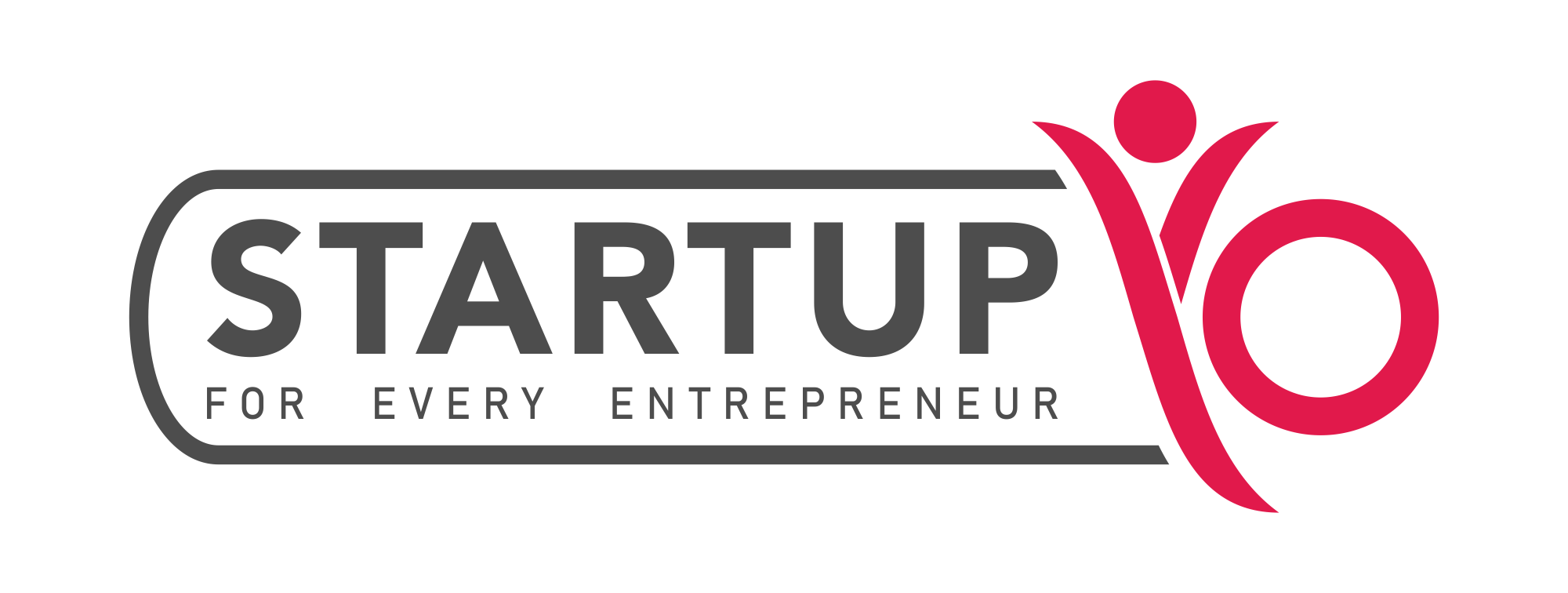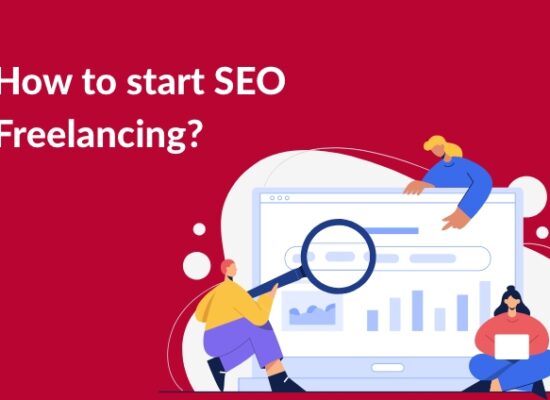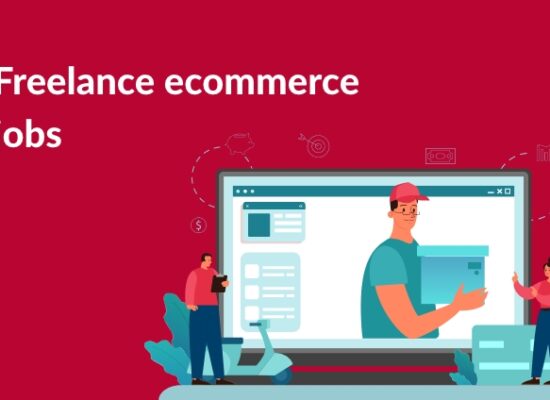Are you someone who is good at capturing moments? Suppose you have the skills to freeze those beautiful moments into lasting memories. In that case, Freelance photography might be the perfect avenue for you to turn your hobby into a rewarding career. It’s all about doing something you love, clicking pictures and turning them into an earning source. Plus, with your job, you also bring a smile to other people’s faces; they are your clients.
Today, we’ll learn more about freelance photography, what it is about, its various types, steps to get started, essential skills and equipment, potential earnings, and so on so that you can have a clear understanding if you want to pursue it as your career.
Let’s start by understanding freelance photography. It is like turning your hobby into your career. When you are a freelance photographer, you don’t have to work for one specific company or boss; you’re your boss. You choose the projects you want to work on, the client you want to work with, and your timings. It is like pursuing your dream job on your terms.
But, like any job, it comes with its challenges. While it allows you to work independently, you must work hard to find clients, market yourself, and manage your time effectively. It’s not always easy, but for many photographers, the freedom and flexibility of freelance life are well worth it.
So, freelance photography is about independence, creativity, and making a living doing what you love: taking awesome. Someone who loves capturing pictures or can create stories through their lens should pursue it as a career.
Read More: How to become a Freelancer?
7 Types of Freelance Photography
Freelance photography doesn’t mean clicking random pictures. If you have little knowledge about this field or have done some research, you would know there are many niches to explore. You need to find out what you are passionate about and accordingly select your niche.
Here’s an elaboration on the types of freelance photography you can select for yourself:
- Portrait Photography: With this photography, you create memorable pictures that reflect unique characteristics. This kind of photography aims to capture each person’s unique individuality and soul. Headshots, senior pictures, and family portraits are all included.
- Wedding Photography: Every couple’s wedding day is unique, and they want to treasure this day through the wedding album. You can choose this niche and contribute by capturing the special moments of a couple’s big day. As a wedding photographer, you must have a keen eye for detail and work well under pressure to ensure you don’t miss any important shots.
- Event Photography: Like to attend Page 3 parties but got no pass? Well, you can have an entry. Be an event photographer; you can participate in big parties and concerts and continue your work. As an event photographer, you need to be skilled at documenting the atmosphere and emotions of the occasion, providing clients with lasting memories of their event.
- Product Photography: You are going through a magazine, and this lipstick or any brand item catches your attention. The picture is so alluring that you stick to the page and look at all the details—that’s product photography. It focuses on showcasing items in the best possible light.
As a product photographer, you work with businesses to create images highlighting their products’ features and benefits. Product photography is commonly used in advertising, e-commerce, and marketing materials.
- Fashion Photography: If fashion is your love, choose to be a fashion photographer. You can enter the fashion world and see what happens in that glamorous world. As a Fashion photographer, you work with models, designers, and brands to create visually striking images that showcase clothing and accessories. Fashion photographers have a crucial role in the fashion industry. They help to promote trends and styles through editorial spreads, advertising campaigns, and social media.
- Food Photography: Good pictures make you hungry, don’t you? Are these pictures so tempting? That’s the creativity of a food photographer. They specialise in capturing delicious images of food and beverages. Hood photographers work with restaurants, food bloggers, and culinary publications and click mouthwatering photos.
- Travel Photography: Another interesting niche is travel photography. It is about documenting adventures and experiences worldwide. Travel photographers capture the culture, landscapes, and people they encounter, giving viewers a glimpse into different parts of the world. As a travel photographer, you require adaptability and a willingness to explore new places to capture unique images.
Here are some niches you can try as a freelance photographer. Every niche has challenges, so explore and find the one that suits your passion and creativity!
Read More : Upwork vs Fiverr: Picking the Best Platform for You
Steps to Get Started in freelance photography
Now that you love photography, you should know how to start freelance photographer jobs. Well, here’s your roadmap to get started:
- Build Your Portfolio: Creating your portfolio is the first step; it functions like an online CV. You want to show off your best photos to prospective clients. It’s similar to showcasing your most amazing Instagram photos with a polished touch. Having a good portfolio can help you stand out.
- Fix Your Rates: This can be a little tricky. Firstly, you have to figure out what your skills are worth and set a price accordingly. Do your homework and take time to put the price. You’re preserving moments and memories—not simply clicking buttons. Know your worth, then, and set your prices appropriately.
- Market Yourself: You may be a good photographer, but must market yourself to earn money. Utilise social media, design an eye-catching website and begin interacting with people. You’ll get more gigs if more people are aware of your talent. Here, networking is essential, so feel free to tell people about it.
- Get Legal: Don’t worry you don’t have to hire a lawyer. Here, we mean about having contracts in place. It protects both you and your clients. It may sound boring, but it will save you from any dues and delays in your payment.
And there you have it! Follow these steps, and you’ll be well on your way to your photography careers. Also, never stop learning about new techniques and technology in photography. Attend workshops, watch tutorials, and stay updated with what’s hot in the industry. Now, go out there and capture the world.
Best websites to Find Jobs
Now, where do you find these freelance gigs? Well, the internet is your best friend! There are some excellent websites where you can find freelance gigs. Here are some.
- Upwork: It’s an excellent website for finding all sorts of gigs, including photography jobs. All you need to do is sign up, create your profile showcasing your skills and experience, and you can browse for gigs that suit you.
- Freelancer: This website is similar to Upwork. You’ll find tons of photography gigs here, too. The process is simple and the same as upwork- set up your profile, show off your work, and hunt for gigs matching your style and expertise.
- Fiverr: This platform is known for its quirky gigs, but don’t let that fool you. You can also find some serious photography jobs here. There is something for everyone, from product photographs to event photography. Just create your gig packages, set your prices, and wait for clients to come knocking.
Read More : 7 Best Websites to get remote freelance jobs
Although there are these online platforms, don’t rely solely on them. You need to do networking as well. Connect with other photographers, join photography communities, and attend events where you can meet potential clients face-to-face. Sometimes, landing gigs is about making connections and putting yourself out there.
Then there’s cold emailing. This may not work instantly, but a simple email to a potential client can work wonders. Introduce yourself, showcase your portfolio, and pitch your services. You never know when you can land just by reaching out directly.
Requirements: Skills and Equipment
If you want to succeed in freelance photography, you need some skills and equipment. Let’s explore the exciting world of freelance photography and what you’ll need to get started.
Skills required:
- Good understanding of essentials: Being a good freelance photographer is not only about having a good eye for composition. You’ll also need a solid understanding of camera settings, lighting techniques, and post-processing software. But how do you learn so many things? The good news is plenty of courses are available online to help you sharpen these skills.
- Get online courses to polish your skills: On online platforms like Udemy, you can check out courses like “Photography – The Ultimate Guide to Using Off-Camera Flash, Master Adobe Lightroom Classic & Lightroom CC, The Ultimate Photography Course For Beginners, and Portrait Photography Masterclass: Headshot Photography Class. These courses cover everything from the basics of exposure to advanced editing techniques.
- Over on Skillshare, you might want to look into classes such as “Photography Essentials: Understanding the Basics” or “What Makes a Good Photo: A Beginners Guide to Editing in Lightroom.”
- On Coursera, offerings like “Photography Basics and Beyond: From Smartphone to DSLR” or “Principles of Photo Composition and Digital Image Post Production” can provide valuable insights.
Equipment required:
Now, let’s talk about equipment. You may think having expensive equipment is essential to start, but it’s not like that. All you need is the right tools, which can make a big difference in the quality of your work.
- The most essential piece of equipment is your camera—something like the Canon EOS Rebel T7 or the Nikon D3500, which is an excellent choice for beginners. Pair it with a versatile lens, like a 50mm prime or an 18-55mm zoom, and you’ll be ready to tackle a wide range of subjects.
- Invest in a few other essentials: In addition to the camera and lens, you’ll want to invest in a few other essentials, like a sturdy tripod, a camera bag to keep your gear safe and organised, and a set of filters to enhance your shots. You will also need to learn about some post-processing software. Adobe Lightroom and Photoshop are industry standards, but plenty of free or more affordable alternatives exist.
So there you have it – the skills and equipment you’ll need to kickstart your career as a freelance photographer.
Earning Potential
Now, let’s break down the earning potential for freelance photography in simple terms. Well, let me tell you, it’s a journey filled with creativity and passion—and some pretty decent earning potential, too! Its flexibility alone opens up a whole world of possibilities for earning money.
But how much can you make by clicking photos? Well, it varies. There are factors like your skill level, the type of photography you specialise in, and the demand for your style.
If you’re just starting out, you might not earn a huge amount immediately. But as you build your portfolio and reputation, you can start charging more for your services. People don’t hesitate to pay for quality photos that capture their special moments or showcase their products in the best light.
But, if you are still trying to figure out how much you can earn as a freelance photographer, let us explain. At the lowest, if you start doing gigs here and there, you can earn between $20 to $50 per hour.
As you gain experience, build your portfolio, and land bigger gigs like weddings, events, or commercial shoots, you could easily earn $50 to $200 per hour or even more.
Also, it’s not always on an hourly basis; you also need to consider factors like editing time, travel expenses, and equipment costs.
With that, you must remember that freelancing doesn’t always yield a steady income. You might have busy months where you may be loaded with bookings, and then there are slower times when finding work is more challenging.
But if you’re passionate about photography and willing to hustle, you can make good money.
Freelancing photography can be a lucrative career choice!
To sum up, freelancing photography is like going on an exciting adventure, where you never know what amazing moments you’ll find along the way. You can use your camera to capture moments at weddings, save memories for future generations, or breathe new life into items.
The possibilities are endless. Imagine yourself amid love and happiness at a wedding; your task is to convey those feelings in a single frame. Or imagine yourself at a workshop where you can click a button to turn commonplace items into artistic creations. The secret of freelance photography’s strength is transforming commonplace occurrences into unforgettable experiences.
Freelance photography is about endless possibilities waiting for you to explore. It’s a journey filled with ups and downs, but every step you take will bring you closer to your goals. So don’t be afraid to take risks, try new things, and push the boundaries of your creativity.
So what are you waiting for? Grab your camera, chase your dreams, and let your creativity soar!
FAQ’s
What is freelance photography, exactly?
Being a freelance photographer means working independently, taking pictures for clients on a project basis without being tied down to a single employer.
How to find freelance photography jobs?
There are many ways to get freelance jobs, such as networking with community members, joining online platforms like Upwork or Fiverr, etc.
Do I need a fancy camera to start freelancing?
It can help, but many successful freelancers start with basic equipment and gradually upgrade as they grow.
How do I set my rates as a freelance photographer?
Consider factors like your experience, the type of project, and the market demand in your area, and then set your rates.


